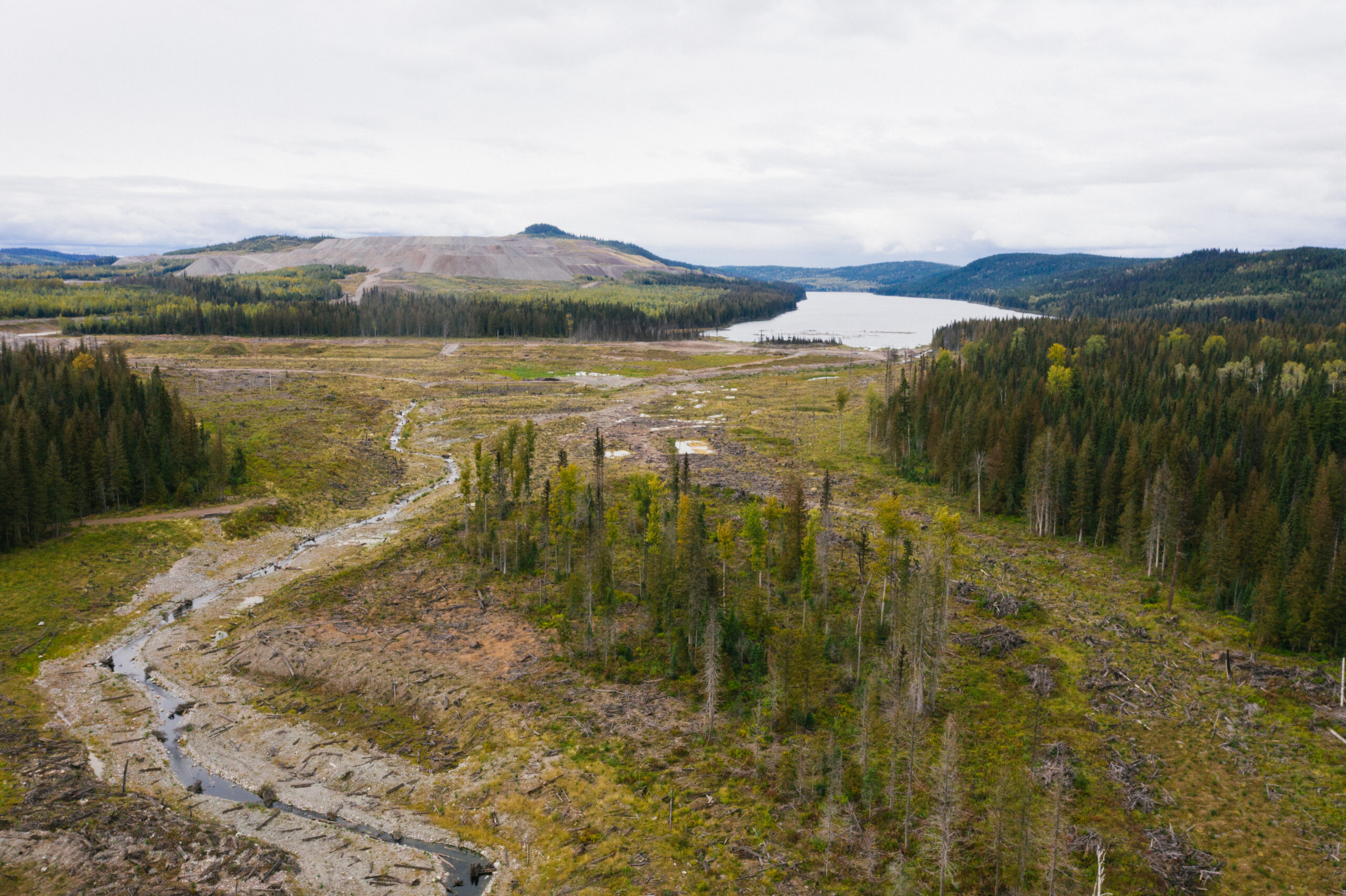Saturday, July 5, 2025
Charges have been laid in relation to the tailings pond breach at the Mount Polley Mine that occurred in August 2014. In total, 15 charges have now been approved to proceed by direct indictment against Imperial Metals Corporation, Mount Polley Mining Corporation, and Wood Canada Limited for contraventions of sections 35(1) and 36(3) of the federal Fisheries Act (R.S.C., 1985, c. F-14).
The British Columbia Conservation Officer Service, Environment and Climate Change Canada and Fisheries and Oceans Canada have jointly investigated possible contraventions of the Federal Fisheries Act, related to the tailings pond breach at the Mount Polley Mine that occurred in August 2014.
These agencies have been working together as the Mount Polley Integrated Investigation Task Force (MPIITF). A Report to Crown Counsel was previously submitted to the Public Prosecution Service of Canada and the British Columbia Prosecution Service by the MPIITF for assessment of its investigation for prosecution.
 The Mount Polley mine is an open-pit copper and gold mine located in B.C. near the towns of Williams Lake and Likely. It is owned and operated by Mount Polley Mining Corporation, a wholly owned subsidiary of Imperial Metals Corporation. Credit: Imperial Metals.
The Mount Polley mine is an open-pit copper and gold mine located in B.C. near the towns of Williams Lake and Likely. It is owned and operated by Mount Polley Mining Corporation, a wholly owned subsidiary of Imperial Metals Corporation. Credit: Imperial Metals. The details of the spill and the resulting contamination to the local communities are still unclear, but reports from the Vancouver Sun and Mining.Com, provide some insights. On August 4, 2014, a breach at the copper-gold mine sent the equivalent of 2,000 Olympic swimming pools of mining waste into a creek. Approximately 17 million cubic metres of water and eight million cubic metres of tailings effluent — which allegedly contained toxic copper and gold mining waste — flowed into lakes and streams that served as salmon spawning ground in the province’s Caribou region.Furthermore, an independent panel review of the incident concluded the following:“The Panel concluded that the dominant contribution to the failure resides in the design. The design did not take into account the complexity of the sub-glacial and pre-glacial geological environment associated with the perimeter embankment foundation. As a result, foundation investigations and associated site characterization failed to identify a continuous GLU layer in the vicinity of the breach and to recognize that it was susceptible to undrained failure when subject to the stresses associated with the embankment.”A first appearance date has been scheduled for December 18, 2024, in the Supreme Court of British Columbia, Vancouver, British Columbia.For further information on this case, click here.











